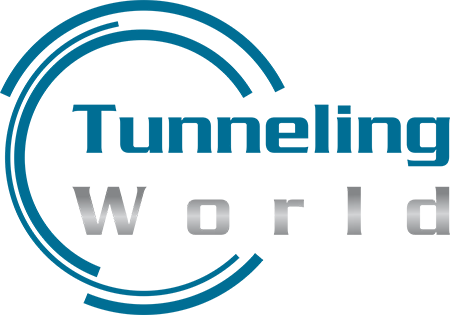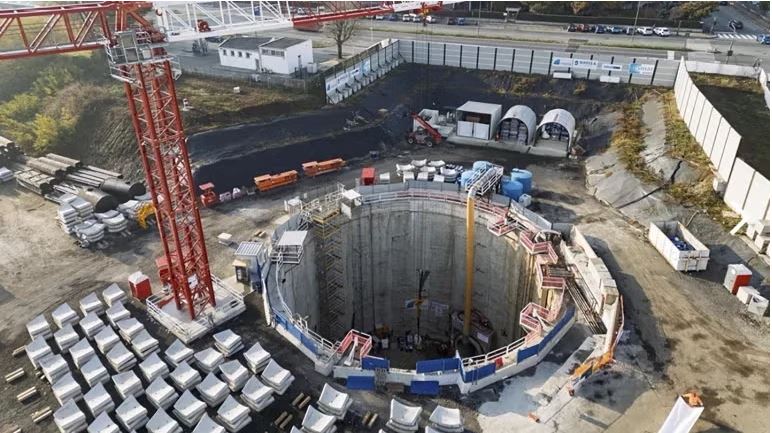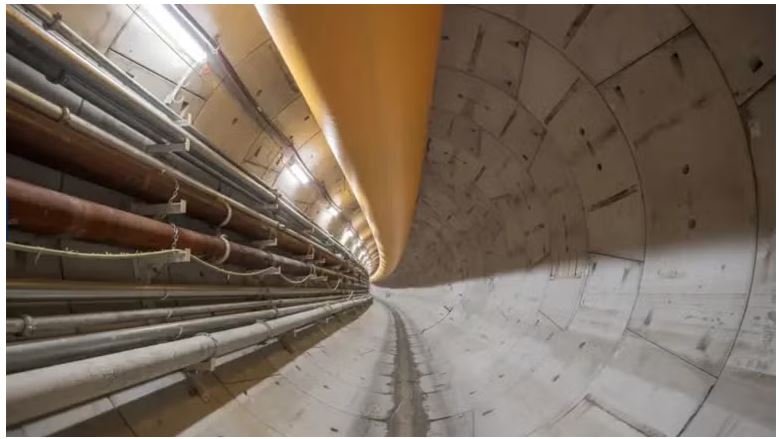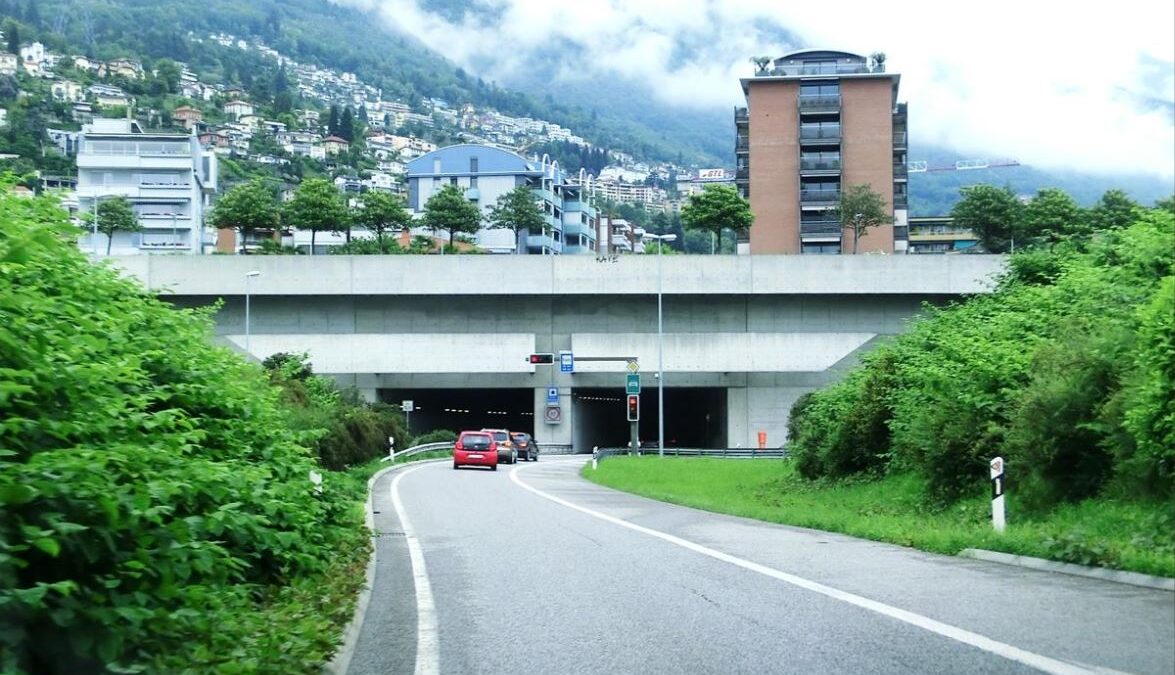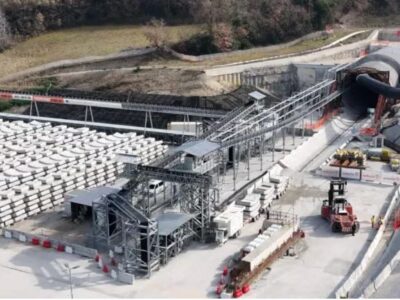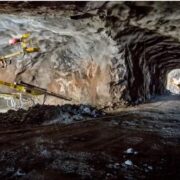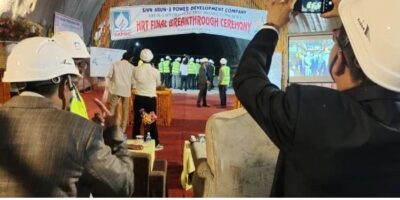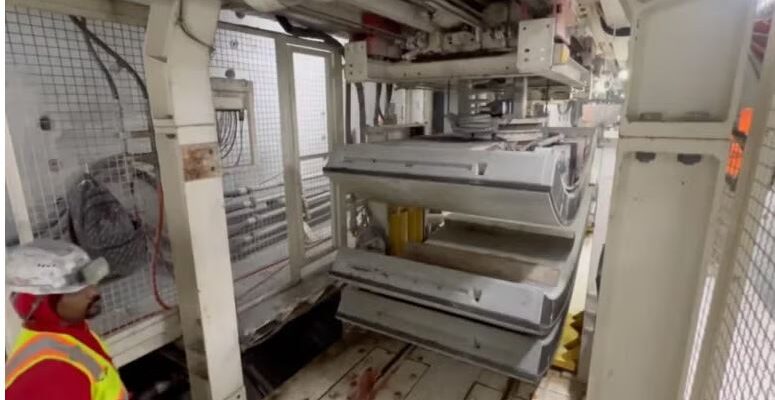
Following excavating a 2km tunnel over than 30.5m beneath the city’s North Hill neighbourhood, on 13 November TBM Elaine broke through and tunneling has been completed on the Northside Interceptor Tunnel in Akron, Ohio.
With the aim of constructing Akron’s second largest storage tunnel, this machine was commissioned in April this year. The capacity of this 5m-diameter tunnel for holding and conveying combined sewage during heavy rain events until it can be treated at the Water Reclamation Facility is 10.3 gallon.
The scheduled date for operation of this tunnel is December of 2026.
While the penultimate project required by the city’s federal consent decree with the Ohio Environmental Protection Agency (EPA) and the US EPA is the Northside Interceptor Tunnel, the final project remains subject to court proceedings.
According to Mayor Shammas Malik: “The city’s first tunnel, the OCIT, has had significant positive impacts to both our waterways and our residents.During heavy rain events, we are able to keep 467 million gallons of combined sewer overflow out of our waterways. With the addition of the NSIT, we will be able to capture and treat 99.7% of combined sewer overflow events in a typical year. This is an outstanding achievement and one we are incredibly proud of. As we approach the end of our massive sewer system overhaul, I want to thank all our employees, the Ohio EPA, the US EPA, and all the stakeholders from our community who have made this incredible transformation a reality here in Akron.”
Considering that the intention is holding 23 million gallons by this tunnel it originally was to be 6m in diameter and 3km long, but the city sought the support of Ohio EPA and the US EPA to right-size the tunnel to provide similar environmental impacts at a fraction of the cost to ratepayers. In April 2023, the Court issued an order amending the city’s Consent Decree to save ratepayers US$40m in costs.
The TBM was named after Elaine Marsh, who worked with communities, regulators, and local governments to do the complex, collaborative work of dam removal and waterway renewal all along the Cuyahoga River.
Currently, crews are due to complete the tunnel shafts and finalise connections to the tunnel before it goes into operation.
